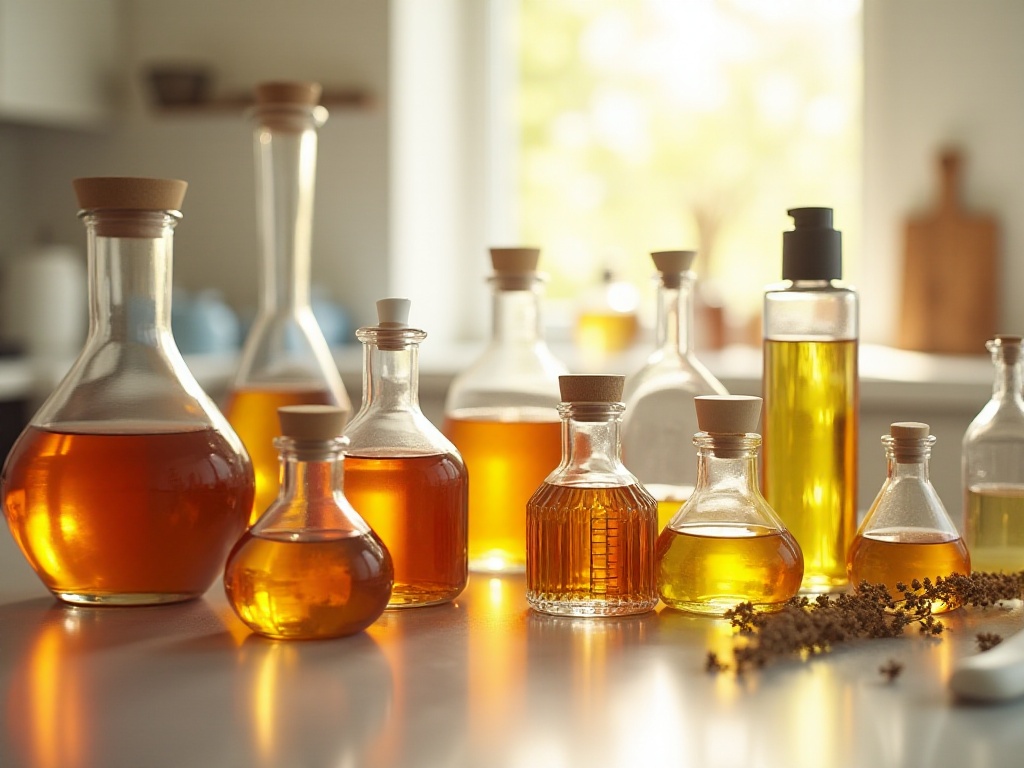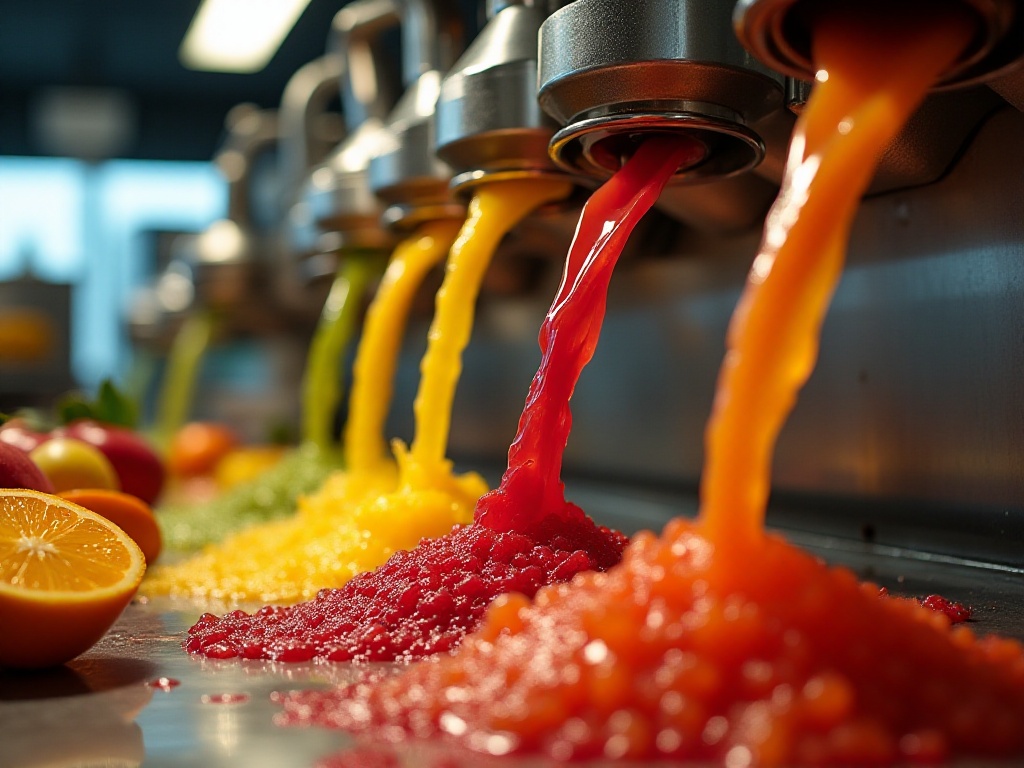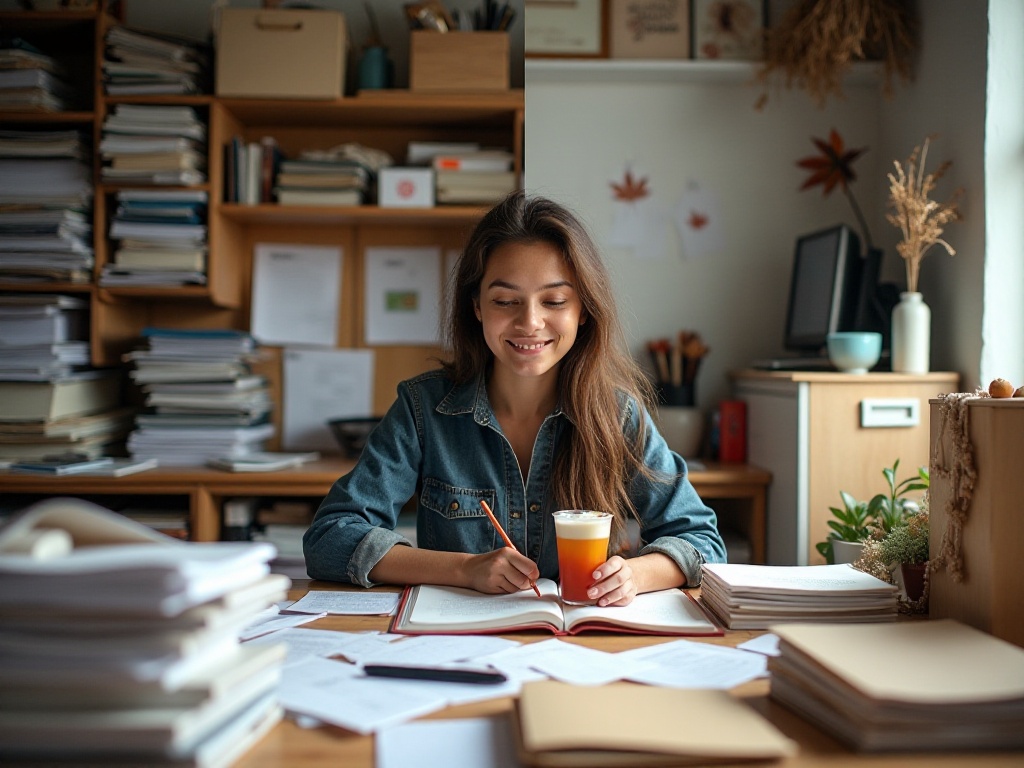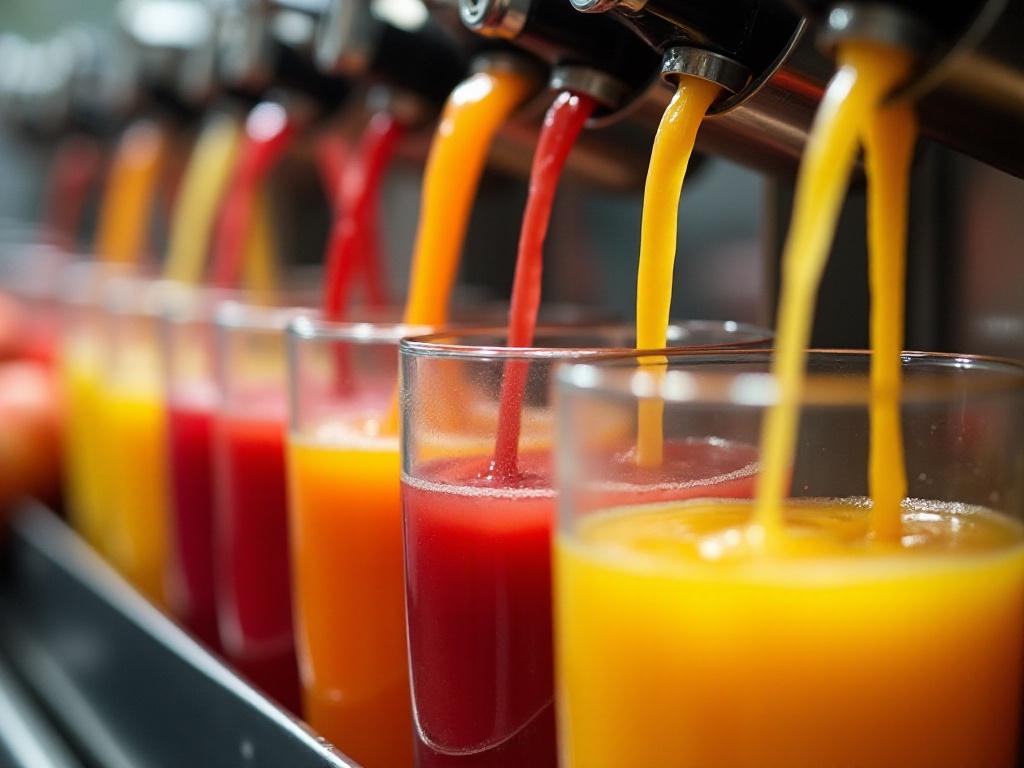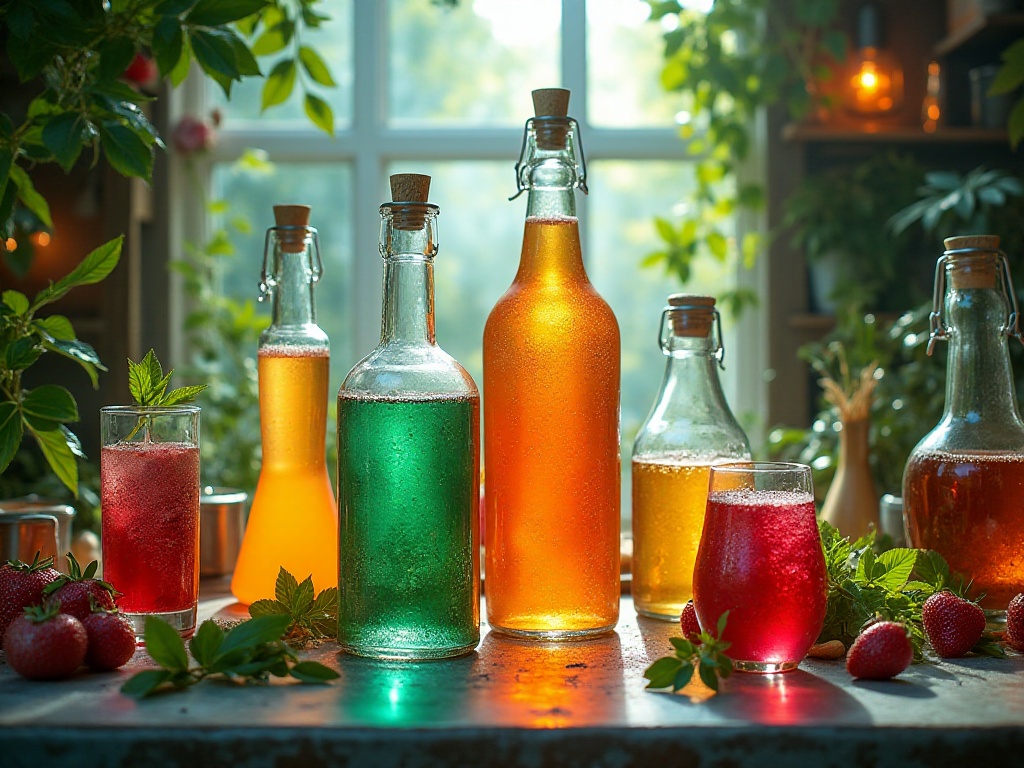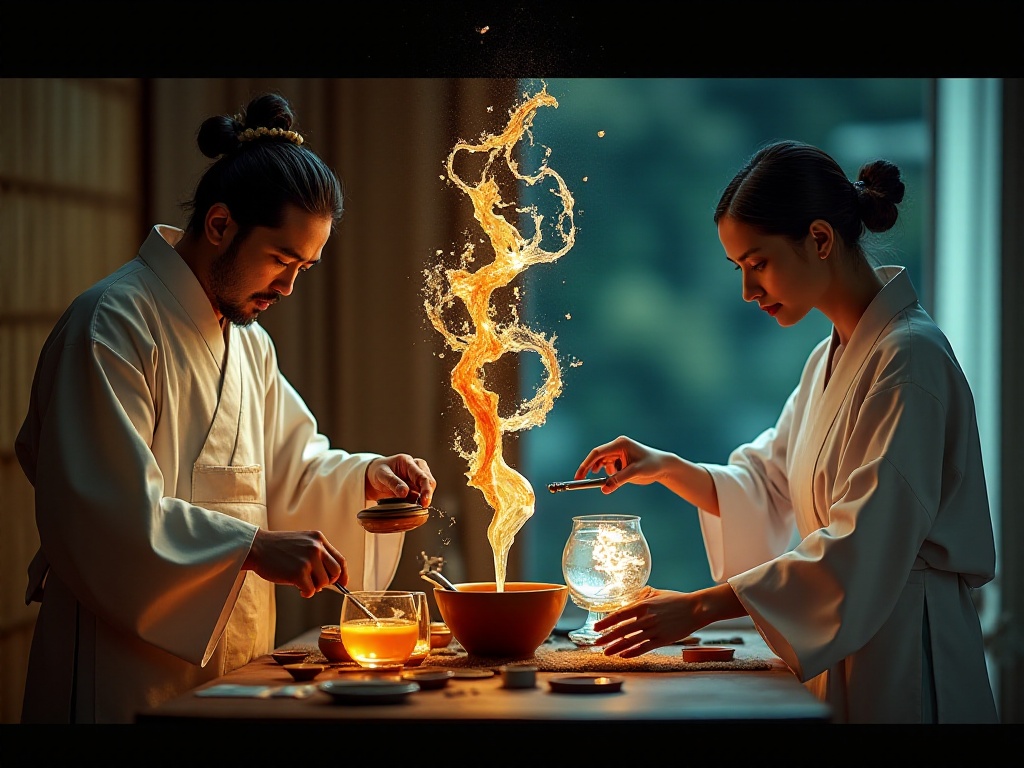Introduction
Do you feel that homemade drinks never quite match up to store-bought ones? When you see those gorgeous drinks on social media, but your attempts at home fall short? Don't be discouraged - let me share a secret: with just a few key techniques, you too can create stunning beverages. As a blogger who has spent years researching beverage making at home, I've compiled the most practical tips in this article.
Over the years of experimenting with drink making at home, I've come a long way from struggling with basic lemonade to now being able to create various sophisticated beverages. While I made many mistakes along the way, these experiences taught me that beverage making isn't as mysterious as it seems - it's all about mastering the fundamentals.
Sweetness Control
When it comes to making drinks, controlling sweetness is often the biggest challenge. Have you experienced making a drink that's either too sweet or not sweet enough, despite following the recommended measurements? There's actually a lot of science behind this.
First, we need to understand the characteristics of different sweeteners. While cane sugar is the most common choice, did you know it's only 0.7 times as sweet as honey? If you're substituting honey for white sugar, you'll need to reduce the amount accordingly. The trendy monk fruit sweetener is actually 300 times sweeter than cane sugar, so you need to be especially careful with the amount. Many people have made the mistake of adding too much monk fruit sweetener on their first try, turning their drink into a "sweetness bomb."
I personally prefer using maple syrup at home, as it has a moderate sweetness (0.8 times that of white sugar) and adds a unique caramel aroma. However, keep in mind that sweetness can vary between different brands of maple syrup. I recommend starting with a small amount when using it for the first time. I usually add one-third of the total amount first, taste it, and then decide whether to add more.
When controlling sweetness, another important factor is temperature. The same level of sweetness will taste less intense in cold drinks and more pronounced in hot drinks. Therefore, you might want to make cold drinks slightly sweeter and hot drinks less sweet.
Additionally, consider the natural sweetness of different fruits. For example, when making drinks with mango, you should reduce the amount of added sugar since mangoes are naturally quite sweet. I learned this lesson the hard way when I once made a mango smoothie using the standard recipe amount of sugar, and it turned out overwhelmingly sweet.
When adjusting sweetness, it's best to keep a small notebook to record the amounts used and the results. This way, you'll gradually find the perfect ratio for your taste. Now I can adjust sweetness by feel without measuring tools, thanks to my careful recording early on.
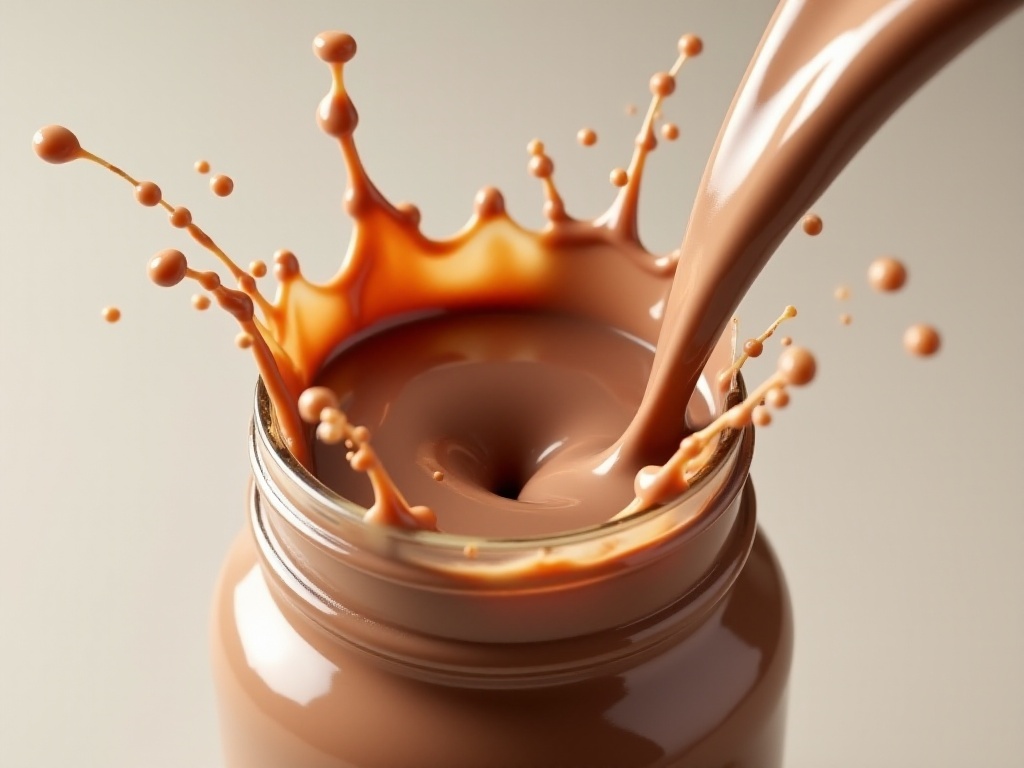
Flavor Enhancement
Making an outstanding drink requires more than just sweetness - layered flavors are crucial. This brings us to the use of fruit juices.
Many people might think adding fruit juice is straightforward, but there's more to it. Take lemon juice for example - concentrated lemon juice available in stores is 5-8 times more acidic than fresh lemons. If you use the same amount as you would with fresh lemons, your drink will be unbearably sour.
My recommendation is to start with a small amount and adjust according to personal taste. Generally, 5-10ml of concentrated juice is sufficient for 100ml of beverage. Additionally, different juice combinations require careful consideration. For instance, apple juice pairs particularly well with lemon juice, creating a drink that's both refreshing and not too sour.
Speaking of juice combinations, let me share my insights. Fruit pairings follow certain patterns and can typically be categorized as follows:
Sweet and sour fruits: Such as strawberries, oranges, and lemons. These fruits have a balanced sweet-sour profile and easily combine with other fruits. I particularly enjoy pairing strawberries with bananas, which balances the richness of bananas while adding complexity to the drink.
Tropical fruits: Like mangoes, coconuts, and pineapples, these fruits have intense aromas, so be careful not to let them overpower other flavors. I highly recommend combining mango with passion fruit for a balanced sweet-sour taste with a unique tropical flair.
Mild fruits: Apples, pears, and honeydew melons have subtle flavors that make excellent bases. For example, using apple juice as a base and adding raspberries or blueberries can create a drink with rich layers of flavor.
Here's one of my tricks for making juice: use frozen fruit instead of fresh fruit. Frozen fruit not only preserves nutrients but also makes drinks thicker and more refreshing. This is especially useful when making smoothies, as frozen fruit reduces the need for ice cubes and prevents dilution.
Additionally, using spices is crucial for enhancing drink flavors. Mint, rosemary, and cinnamon can all add unique flavors to beverages. However, be careful with the amount of spices - too much can overpower the drink's original flavor. I usually use fresh mint leaves, gently bruising them to release their aroma before adding them to the drink, allowing the fragrance to blend naturally without being overwhelming.
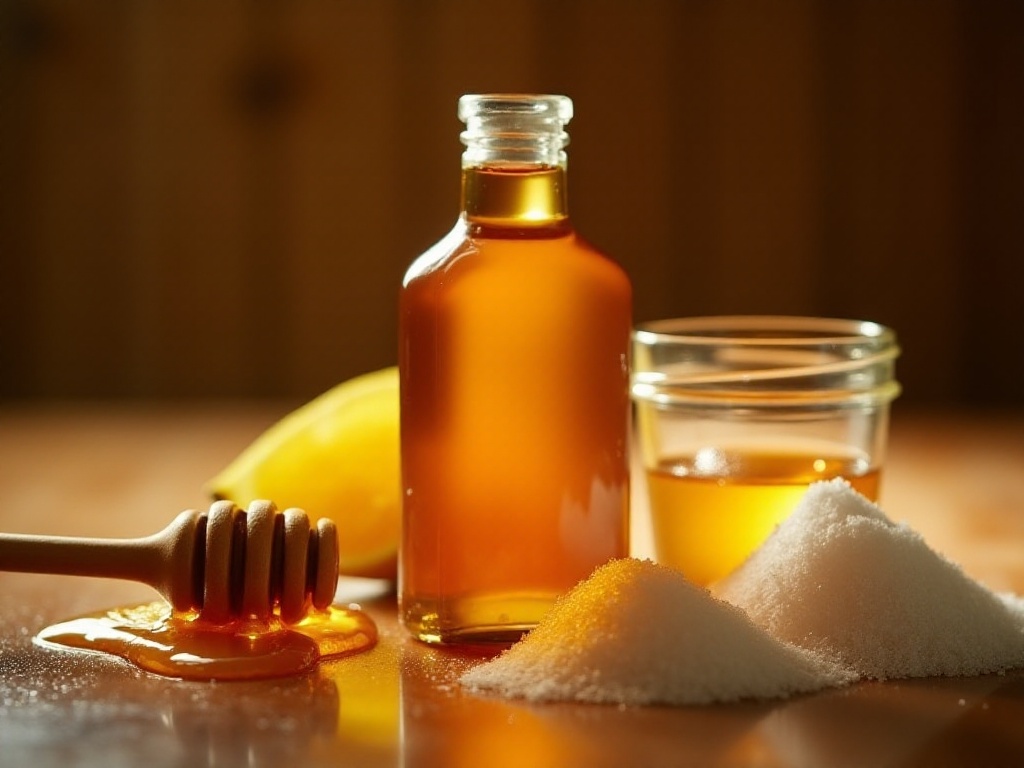
Temperature Management
Temperature directly affects taste, as most people know. But did you know that different ice cube shapes also significantly impact the drinking experience?
Crushed ice cools drinks quickly but melts rapidly, diluting the taste. Large ice cubes melt more slowly and are better suited for drinks that shouldn't be diluted. From my experience, cocktails work best with crushed ice, while whiskey is better served with large ice cubes.
Here's one of my special tricks: use frozen grapes instead of ice cubes. Grapes keep drinks cold without diluting them like ice does, and they're enjoyable to eat afterward. I often use this method when making juice drinks, with excellent results.
When it comes to temperature management, many people overlook an important aspect: container selection. Different materials affect temperature retention differently. Glass has moderate insulation but excellent transparency, perfect for showcasing layered drinks. Stainless steel provides better insulation but hides the drink's color. Ceramic is a good compromise, offering decent insulation while still allowing some visual appeal.
When making hot drinks, I first warm the cup with hot water to maintain the drink's temperature longer. For cold drinks, I pre-chill the glass in the refrigerator to prevent the cup's temperature from affecting the drink's taste.
For layered drinks, temperature management becomes even more critical. Liquids at different temperatures create layers due to density differences. When making rainbow drinks, I pour different colored syrups in order of density, then carefully add ice to create beautiful layers.
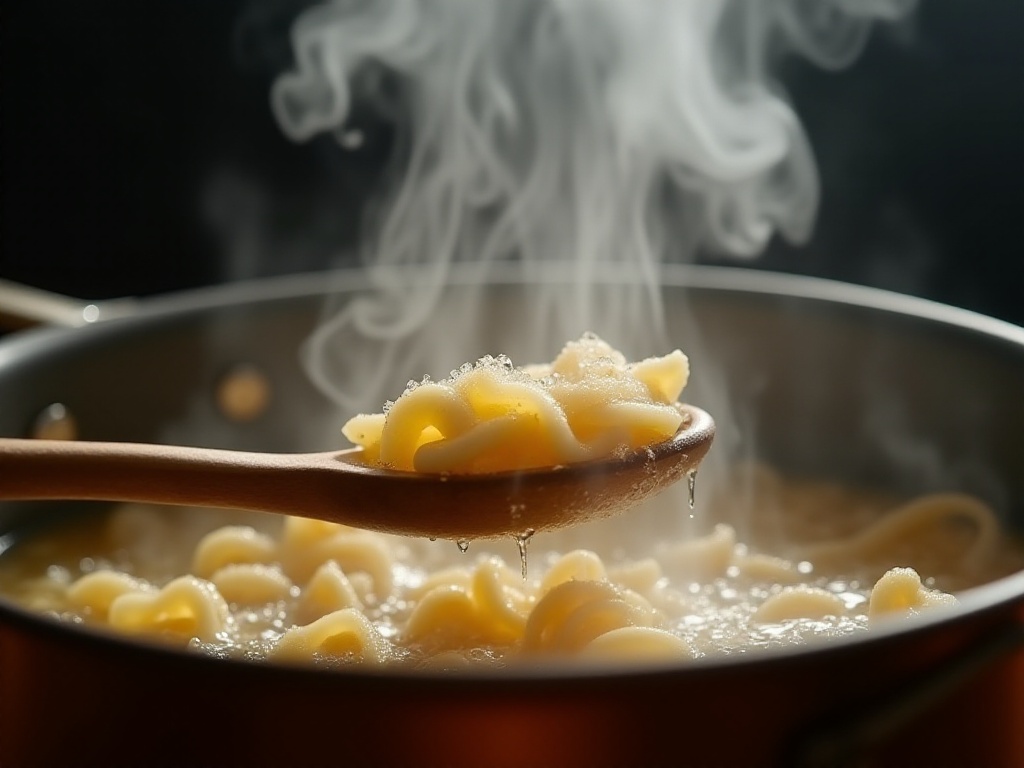
Preparation Process
Every detail matters when making drinks. Even something as simple as boiling requires technique.
Have you ever had fruit tea boil over unexpectedly? Simply placing a wooden spoon across the pot can prevent this. The spoon breaks the liquid's surface tension, preventing excessive foam buildup.
Timing is also crucial in the preparation process. Different teas require different steeping times. Green tea typically needs only 1-2 minutes, black tea 3-5 minutes, and flower teas 5-7 minutes. Steeping too long leads to bitterness that affects the overall taste.
I usually use a timer for more precise control. This is especially important when making complex drinks, such as layered beverages where each layer needs proper setting time before adding the next.
Tool selection is also important. A good mixer ensures even blending and creates fine foam. I recommend using an electric mixer - while manual mixers are cheaper, they're much less effective. Electric mixers are particularly useful for making smoothies or milkshakes, creating finer texture and better mouthfeel.
Filtering is another crucial step. Many people might think they can just pour juice directly, but using a strainer removes pulp and impurities for a smoother drink. I select different mesh densities for different needs - for example, using a fine mesh for lemonade to filter pulp while retaining the juice's essence.
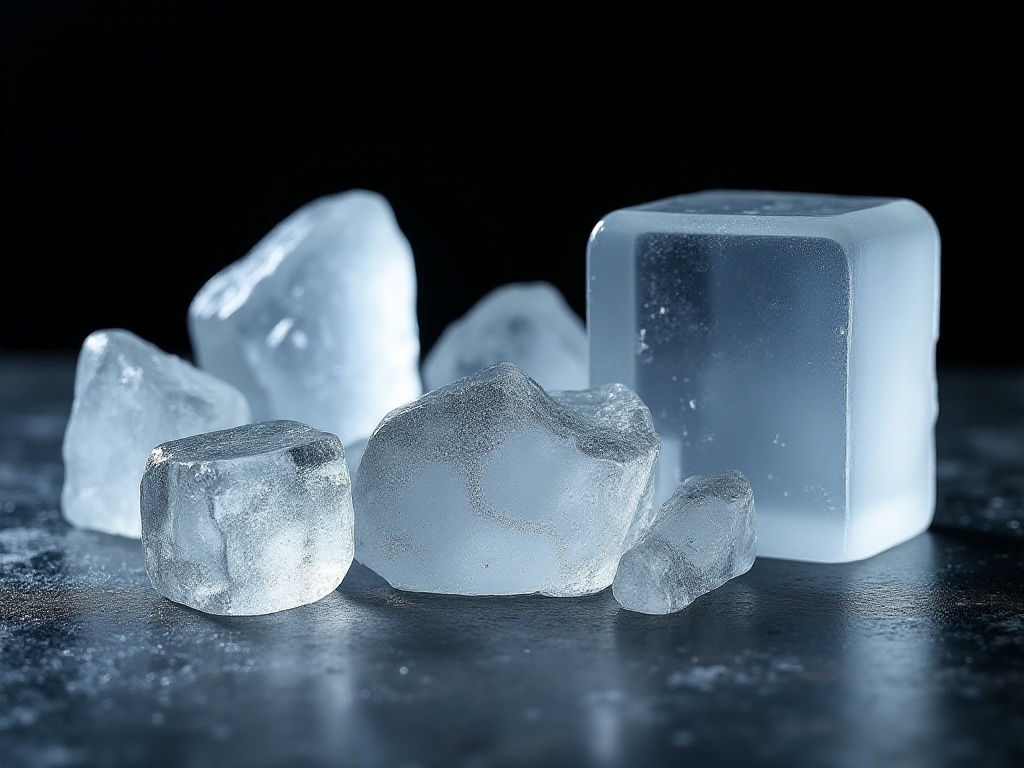
Functional Positioning
Lastly, let's discuss the functional positioning of beverages. Before starting preparation, we should consider the drink's primary purpose.
For energy boosting, consider adding citrus fruits; for digestion, ginger or mint are good choices. I've recently been researching beauty-enhancing drink recipes and found that rose and peach gum make an excellent combination, providing collagen while maintaining a pleasant sweetness.
For functional drinks, I recommend paying attention to ingredient properties. For example:
Honey: Has antibacterial and anti-inflammatory properties, but shouldn't be mixed with very hot water as it destroys nutrients.
Ginger: Warms the body and promotes blood circulation, especially suitable for cold weather.
Lemon: Rich in vitamin C and boosts immunity, but may irritate the stomach if consumed on an empty stomach.
Mint: Provides cooling effects and helps relieve headaches.
Peach gum: Supplies collagen and benefits skin health, but requires pre-soaking.
When making functional drinks, we must consider ingredient interactions. Some combinations create synergistic effects, while others might cancel each other out. Lemon and honey work well together, complementing both taste and benefits.
Also consider timing. Energy drinks are best consumed in the morning, not evening when they might affect sleep. Digestive drinks are ideal after meals. Beauty-enhancing drinks work best on an empty stomach in the morning or before bed.
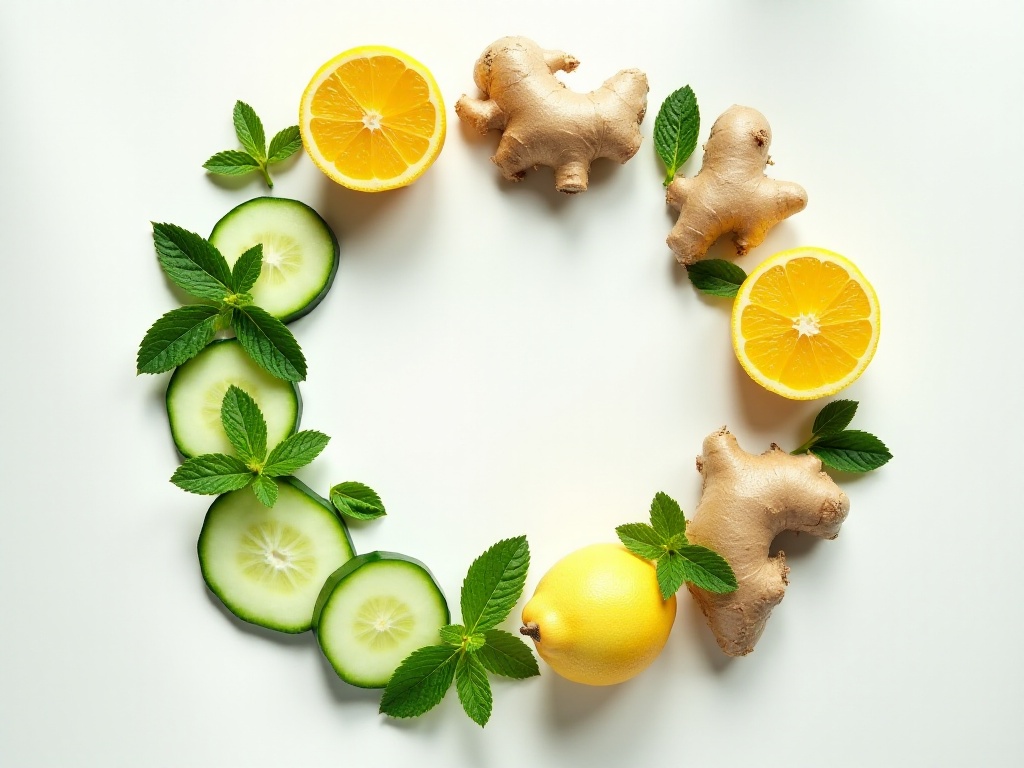
Conclusion
After reading these tips, are you eager to try them out? Remember that the most important aspect of drink making is being willing to experiment. Keep these basic principles in mind, adjust according to your taste, and you'll soon be creating impressive beverages.
Through practice, I've found that patience and attention to detail are crucial. Each attempt is a learning opportunity, even failures. Gradually, you'll better understand different ingredients' properties and develop more precise taste control, ultimately creating drinks that suit your preferences.
Making drinks is an art that requires constant practice and innovation. Everyone can be their own mixologist - the key is daring to try and learning from experience. I hope this article helps you create professional-quality drinks at home.
By the way, do you have any favorite drink recipes? Feel free to share and discuss in the comments. In the next article, I'll introduce several popular drink recipes that are easy to make at home, based on your feedback.

